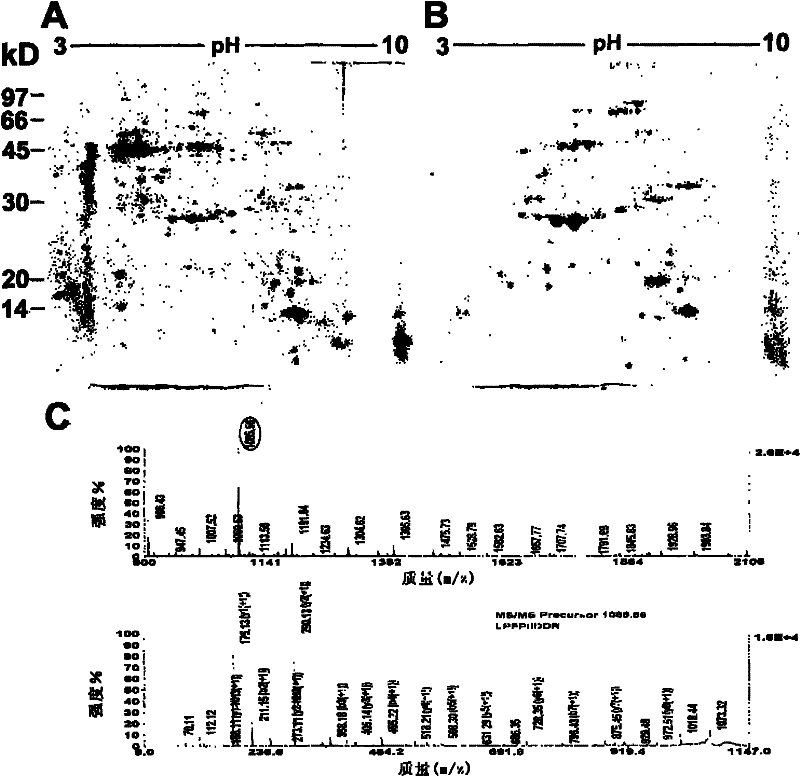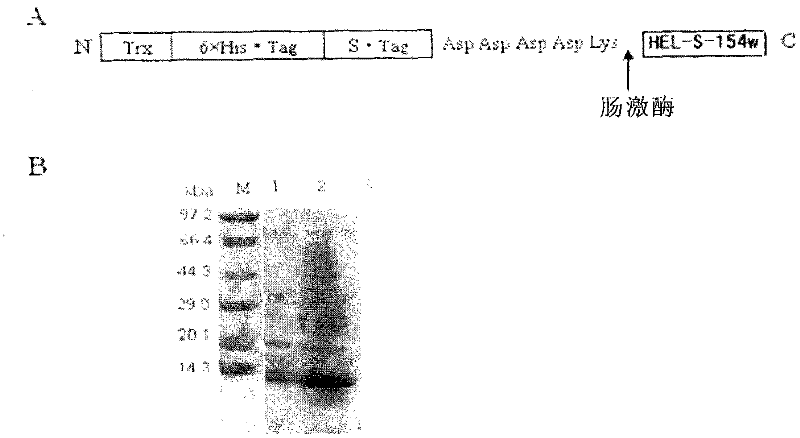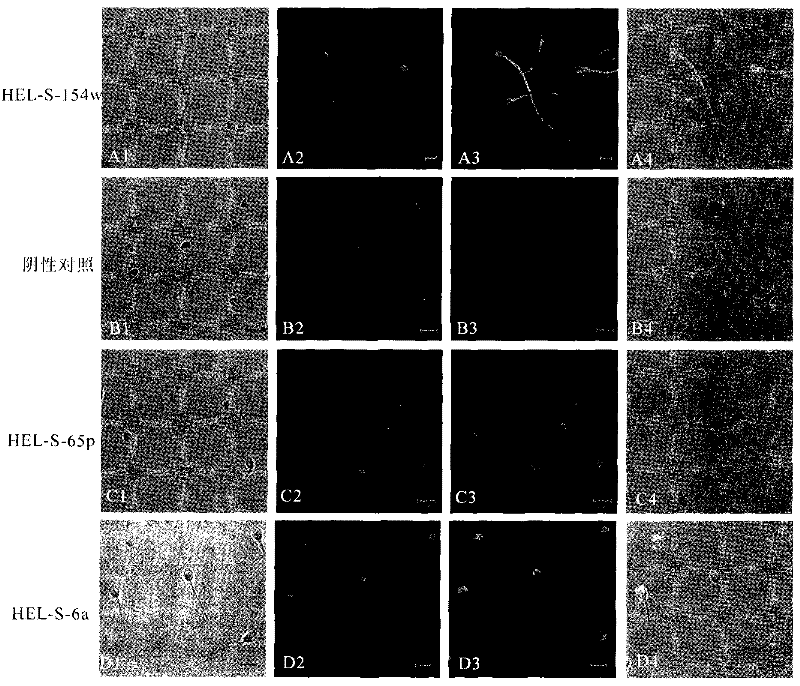Method for detecting expression of 305 sperm localization proteins in fertility-related human testis and epididymis
A technology related to proteins and proteins, applied in the field of detection, can solve problems such as the inability to analyze protein expression levels in seminal plasma, poor understanding of male infertility-related proteins, and limited detection methods
- Summary
- Abstract
- Description
- Claims
- Application Information
AI Technical Summary
Problems solved by technology
Method used
Image
Examples
Embodiment 1
[0079] Epididymis and testis specimens were taken from young males (27-30 years old) who died unexpectedly. They had a history of childbirth and no reproductive system diseases. They had signed an agreement with their family members to donate the body to medical research, and passed the approval of the Ethics Committee of Yantai Yuhuangding Hospital. . Immediately after the specimens were obtained through surgery, the epididymis luminal fluid and testicular tissue protein samples were extracted and quantified, and the samples of more than three individuals were mixed in equal amounts for two-dimensional gel electrophoresis separation, and the common protein spots of three repeated electrophoresis were taken for mass spectrometry identification, among , 305 proteins were newly found to be clearly positioned on sperm.
Embodiment 2
[0080] Example 2 sperm preparation
[0081] Normal semen was liquefied at a constant temperature of 37°C for 30 minutes, and 1.0ml of semen was drawn to equilibrate Earle's liquid at 37°C, 5% CO2 and saturated humidity for 12 hours, and the test tube was inclined at 45° and incubated for 60 minutes to fully mobilize sperm Upstream, centrifuge at 600g for 10min. Discard the supernatant, repeat the washing twice, and set aside. Normal semen was provided by the Reproductive Center of Yantai Yuhuangding Hospital with the consent of the provider.
Embodiment 3
[0082] Example 3 Expression vector construction and protein purification
[0083] The protein products of the above 305 genes were obtained by the following methods. According to the gene sequence, synthesize a pair of specific primers for amplifying the mature coding region. Using the human epididymis cDNA library prepared by conventional methods as a template, the target gene was directly amplified by PCR, and then cloned into a commercially available vector pGM-T vector (purchased from Shanghai Bebo Biotech Co., Ltd.) for sequencing and identification. The gene identified by sequencing was cloned into the expression vector pET32b(+) (purchased from Shanghai Beibo Biological Co., Ltd.) through restriction sites, so that it was consistent with the reading frame of the fusion tag. Transform the recombinant expression vector into conventional E.coli BL21 (DE3) competent cells to obtain engineering bacteria. The expression was induced by 1mM IPTG at 32°C, and the recombinant p...
PUM
 Login to View More
Login to View More Abstract
Description
Claims
Application Information
 Login to View More
Login to View More - R&D
- Intellectual Property
- Life Sciences
- Materials
- Tech Scout
- Unparalleled Data Quality
- Higher Quality Content
- 60% Fewer Hallucinations
Browse by: Latest US Patents, China's latest patents, Technical Efficacy Thesaurus, Application Domain, Technology Topic, Popular Technical Reports.
© 2025 PatSnap. All rights reserved.Legal|Privacy policy|Modern Slavery Act Transparency Statement|Sitemap|About US| Contact US: help@patsnap.com



